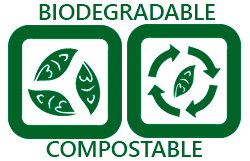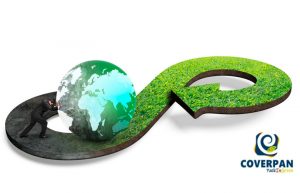In recent years, the awareness about the need to care for the environment has increased. We recycle more and more in our homes, and we are learning to select the packaging of the products we buy and consume.
It is quite common not to know exactly what the difference is between biodegradable and compostable, and to confuse these two terms. In this post we will try to explain what their differences are so that you can differentiate them.
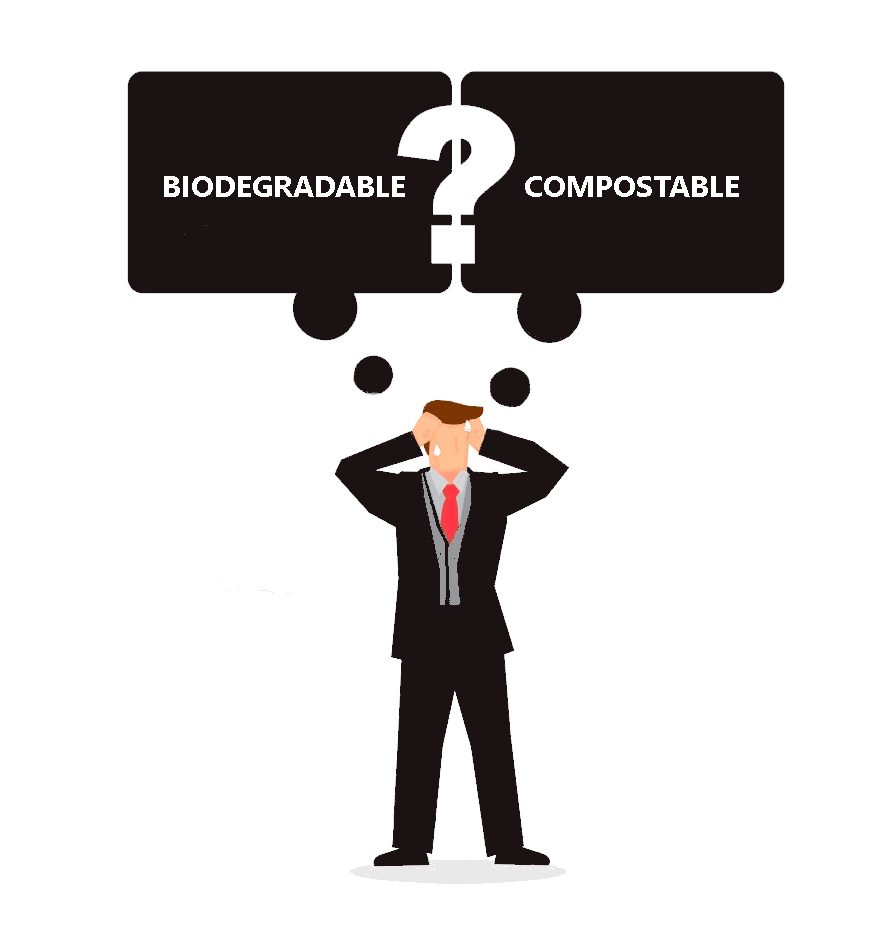
What is biodegradable packaging?
It is any element or substance that can decompose into micro fragments by the action of biological agents, such as the sun, water, microorganisms, plants, or animals.
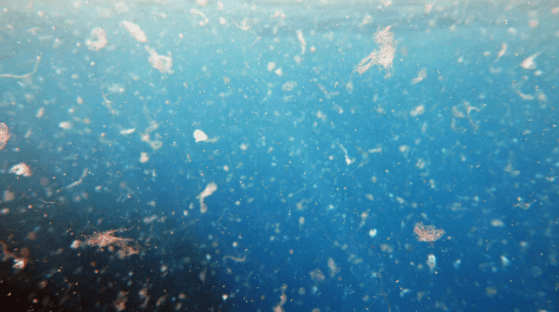
What is compostable packaging?
Compostable packaging is also biodegradable, but a biodegradable material may not be compostable.
The main difference is that these compostable containers generate organic fertilizer, or what is the same, compost. To degrade a compostable container properly, a series of controlled conditions are needed: oxygen, PH, humidity, etc. And the best way to make sure that the package degrades correctly is by depositing them in the organic matter trash can.
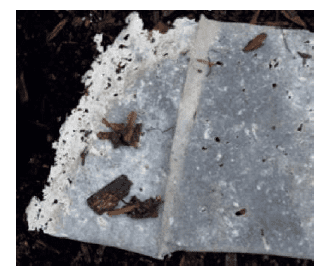
Why to use sustainable packaging?
In the last decade, the concern for the environment has been growing, and more and more businesses and consumers are joining different initiatives that are committed to sustainable packaging.
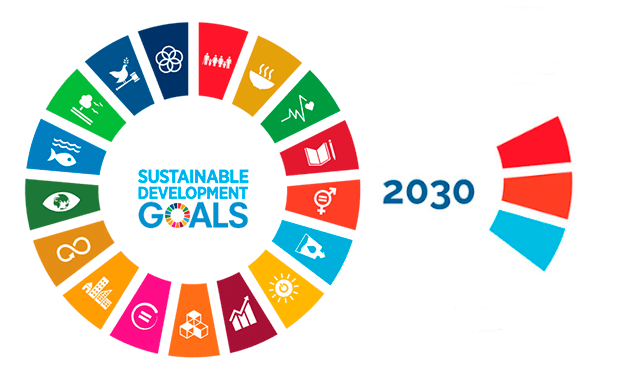
The 2030 Agenda’s landing in Europe is an important step towards achieving compliance with the SDGs and to improve the life quality of citizens and care for the planet.
Packaging Industry’s future depends on sustainability
At Coverpan we are pioneers in the manufacture of flexible paper-based packaging with biodegradable and compostable films, all of which can be customized with certified inks and adhesives.
If you want to know more about our PackInGreen packaging, please contact us.

